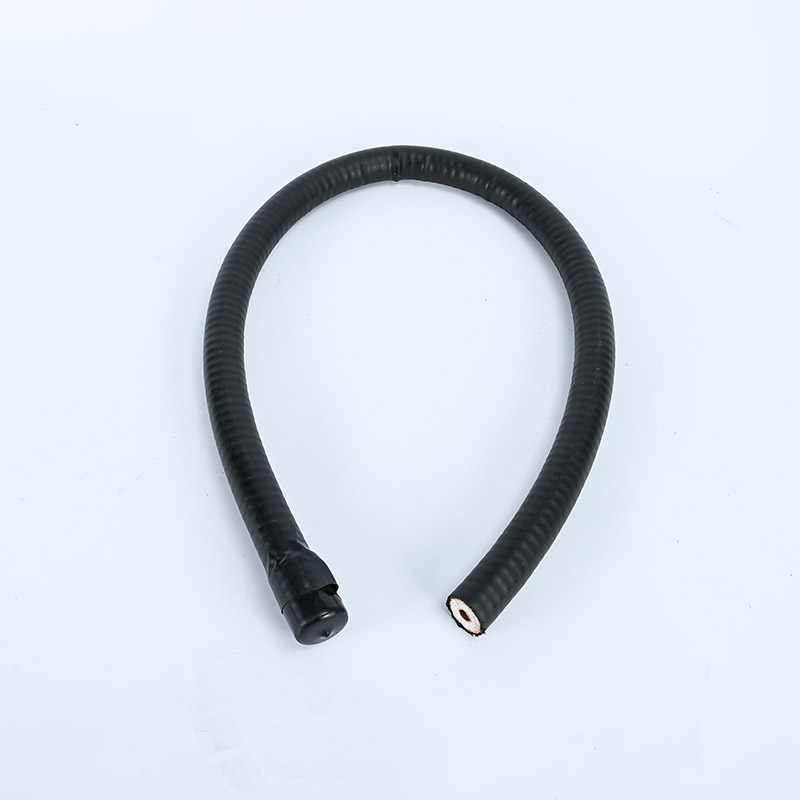Classification of RF Cables
2022-02-26
Classification of RF cables
The structure of RF cables is varied and can be classified according to different ways and types.
(1) Coaxial RF cable Coaxial RF cable is the most commonly used structural type. Because the inner and outer conductors are in concentric positions, the electromagnetic energy is limited to propagate in the medium between the inner and outer conductors, so it has significant advantages such as small attenuation, high shielding performance, wide operating frequency bandwidth and stable performance. Typically used to transmit radio frequency energy from 500 kHz to 18 GHz. At present, there are two types of commonly used RF coaxial cables: 50Ω and 75Ω RF coaxial cables. The characteristic impedance of 75Ω RF coaxial cable is often used in CATV network, so it is called CATV cable, and the transmission bandwidth can reach 1GHz. At present, the transmission bandwidth of commonly used CATV cable is 750MHz.
(2) Symmetrical RF cable The electromagnetic field of the symmetrical RF cable loop is open. Due to the radiation of electromagnetic energy at high frequencies, the attenuation increases and leads to poor shielding performance. Coupled with the influence of atmospheric conditions, it is usually less use. Symmetrical RF cables are mainly used in low RF or symmetrical feed situations.
(3) Spiral RF cables, conductors in coaxial or symmetrical cables, can sometimes be made into spiral coils to increase the inductance of the cable, thereby increasing the wave impedance of the cable and delaying the transmission time of electromagnetic energy. The former is called The latter cables are called delay cables. If the helical coils are wound with different densities along the length, a varistor cable can be made.

The structure of RF cables is varied and can be classified according to different ways and types.
(1) Coaxial RF cable Coaxial RF cable is the most commonly used structural type. Because the inner and outer conductors are in concentric positions, the electromagnetic energy is limited to propagate in the medium between the inner and outer conductors, so it has significant advantages such as small attenuation, high shielding performance, wide operating frequency bandwidth and stable performance. Typically used to transmit radio frequency energy from 500 kHz to 18 GHz. At present, there are two types of commonly used RF coaxial cables: 50Ω and 75Ω RF coaxial cables. The characteristic impedance of 75Ω RF coaxial cable is often used in CATV network, so it is called CATV cable, and the transmission bandwidth can reach 1GHz. At present, the transmission bandwidth of commonly used CATV cable is 750MHz.
(2) Symmetrical RF cable The electromagnetic field of the symmetrical RF cable loop is open. Due to the radiation of electromagnetic energy at high frequencies, the attenuation increases and leads to poor shielding performance. Coupled with the influence of atmospheric conditions, it is usually less use. Symmetrical RF cables are mainly used in low RF or symmetrical feed situations.
(3) Spiral RF cables, conductors in coaxial or symmetrical cables, can sometimes be made into spiral coils to increase the inductance of the cable, thereby increasing the wave impedance of the cable and delaying the transmission time of electromagnetic energy. The former is called The latter cables are called delay cables. If the helical coils are wound with different densities along the length, a varistor cable can be made.

Previous:The Role of RF Cables


